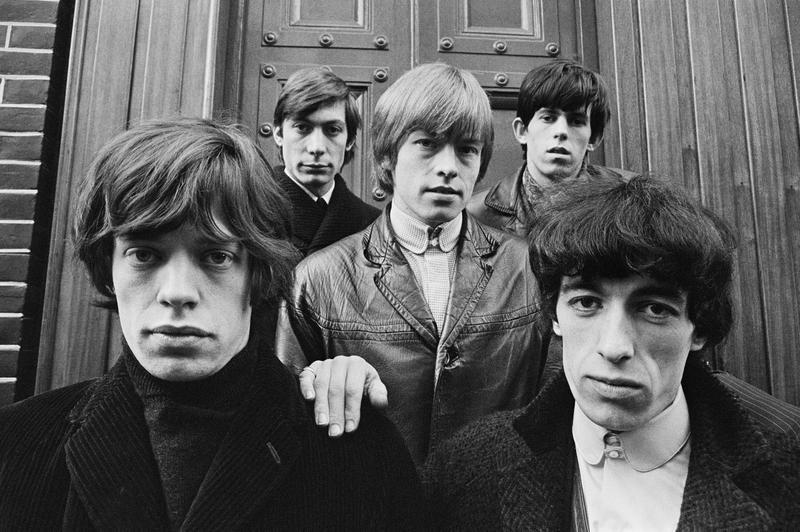The Rolling Stones In The Groovy Era
By | August 20, 2018

The 1960’s in America was, without a doubt, a time of change. Moral, political and social boundaries were being challenged at the time. The words, “groovy” and “counterculture,” were both terms to describe the sign of the times. It is no secret that the United States has always been somewhat behind the “curve” when it comes to progression in any of the aforementioned areas. The American counterculture generation was in its heyday of reformation, beginning in 60’s and people, from all demographics, were jumping on the bandwagon.
Pop culture and music have always been on the radar of any given generation.
From the beginning of time and throughout history, pop culture has been known to cause a stir with the general population. There are always those who resist change but, in the end, change takes place.
The Rolling Stones were a prime example of a pop culture phenomenon; change that was resisted by some but eventually, embraced.

The First “Stable” Lineup of the Iconic, Rolling Stones…
In 1962, 6 young gents, hailing from Great Britain, became known as, The Rolling Stones. The group lineup consisted of members, Brian Jones, Mick Jagger, Ian Stewart, Bill Wyman, Charlie Watts and Keith Richards.

Ian Stewart
Ian Stewart left the “official” lineup in 1963 but continued to tour with the band until he passed away in 1985. Initially, the group gained popularity as much for their talent as for their “look.” They released their first album in 1964.

Mick Jagger and Keith Richards are typically considered the “front men” but it was Brian Jones was the original leader of the Rolling Stones.
It has been said that a rolling stone gathers no moss. The DEEPER meaning of that statement is that everything is subject to change. And that it did… the lineup of the original group made many changes before the group became set in STONE… pun intended!

The Rolling Stones played a HUGE role in the concept of the British Invasion, as did The Beatles, The Who and The Kinks.
The young people of the United States were all too ready to embrace any type of change during the counterculture era. Boundaries were being challenged and change was here to stay. The authoritarian culture and way of thinking was on its way out and the progressive era was on its way in.
That being the case, here are some interesting facts about the iconic Rolling Stones…
• Mick Jagger and Keith Richards first met at school when they were each only 5 years old.
• Although, professional rivals, The Rolling Stones and The Beatles were actually good friends. This concept of division between the two groups was a misconception, likely brought about as a marketing tactic.
• It wasn't unusual for Rolling Stones band members to sleep with their guitars.
• When the Rolling Stones first set foot on American soil to promote their group, they were mocked on public television by Dean Martin, who was hosting a then popular variety show. They didn’t yet have an American following but that would soon change!
• While it is no secret that Mick Jagger has always been very animated and limber with his dance moves, he wasn’t always so confident in his dancing skills. He worked hard at it because he really enjoyed making it part of the act. When asked about the Maroon 5 song, “Moves like Jagger,” he was quoted as saying, “It’s good, isn’t it?” “Sure, I was very flattered by it, and it’s nice to see the connections between generations, because I used that in my time, too.”

• The “Sticky Fingers” album cover was designed and photographed by Andy Warhol, a famous artist, himself. He photographed many, many men from the waist down and never revealed which subject actually landed on the album cover. All these years later, it is still a mystery.
• Bill Wyman was said to have been an organizational freak. He was very particular about how he kept track of all of the details, both professional and personal, of his life.
The list of Rolling Stone songs is so extensive as is their list of hits. Everyone has their favorite that reminds them of something from the groovy era.
